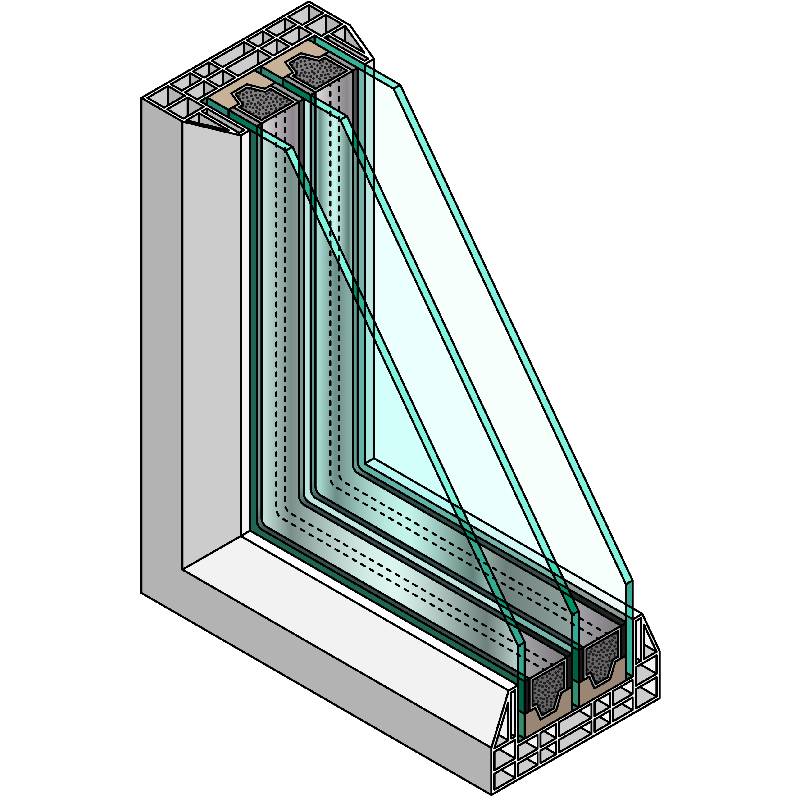For homeowners and businesses alike, maintaining the integrity of windows is crucial for both energy efficiency and aesthetics. One of the central components of a modern window is the insulated glass unit (IGU), known for its ability to reduce heat transfer and enhance comfort. But when these units fail or become compromised, replacement becomes a necessity. Understanding the cost factors of insulated glass unit replacement can empower property owners to make informed decisions that balance budget and quality.

Insulated glass units are essentially two or more panes of glass separated by a spacer and sealed to create a single unit with a gap between the panes—typically filled with air or inert gas. The goal is to provide superior insulation by trapping air and reducing thermal transfer. Over time, seals can degrade, causing moisture to seep in, which leads to fogging and reduced efficiency. Replacing an IGU, rather than the entire window unit, is often a more cost-effective solution.
Several factors influence the cost of replacing insulated glass units. Firstly, size plays a significant role. Larger units naturally require more materials, thus increasing the expense. Additionally, custom sizes or unique shapes will typically incur higher costs due to the specialized manufacturing processes involved.

The type of glass used in the IGU also impacts the cost. Standard clear glass is usually the most economical, but many opt for low-emissivity (Low-E) coatings that improve energy efficiency by reflecting infrared light and minimizing heat flow through the window. Though initially more expensive, Low-E glass can lead to long-term savings on energy bills. Additionally, options such as laminated or tempered glass add to both safety and cost.
The spacer type is another consideration. Traditional aluminum spacers are cost-effective but less efficient at thermal break compared to warm-edge spacers made from materials like stainless steel or thermoplastic. While warm-edge spacers may increase upfront costs, they enhance thermal performance and longevity of the unit.
Labor costs can vary significantly depending on geographical location and the specific contractor's expertise. Hiring experienced professionals who ensure a proper seal and installation is crucial. A poorly installed IGU can lead to repeated issues and further expense down the road.
insulated glass unit replacement cost
Moreover, the condition and accessibility of existing window frames should be assessed. If frames are damaged or difficult to access, additional labor and materials may be necessary, increasing the overall cost. In some cases, simultaneous frame repair or replacement might be justified.
On average, the cost to replace an insulated glass unit ranges between $200 and $600 per window, including labor. However, prices can be significantly higher for custom shapes or high-performance glass. It's advisable for homeowners to obtain multiple estimates from reputable contractors to ensure a fair price and quality service.
Beyond just cost, consider the impact of replacement on home comfort, energy efficiency, and property value. Improved energy efficiency reduces utility bills and enhances comfort by maintaining more consistent indoor temperatures. Furthermore, modern IGUs can block UV rays, protecting internal furnishings from fading.
Investing in high-quality replacement units can increase property value and appeal. Energy-efficient homes are increasingly desirable on the real estate market, offering environmental benefits along with economic savings.
In conclusion, while replacing insulated glass units involves careful consideration of various factors, the long-term rewards of enhanced comfort and efficiency often justify the investment. By understanding the diverse elements that contribute to the replacement cost, property owners can better navigate their options, ensuring that they select the right balance of performance and price. As always, professional advice from experienced installers can guide the decision-making process, providing confidence in the choice of materials, design, and workmanship.



